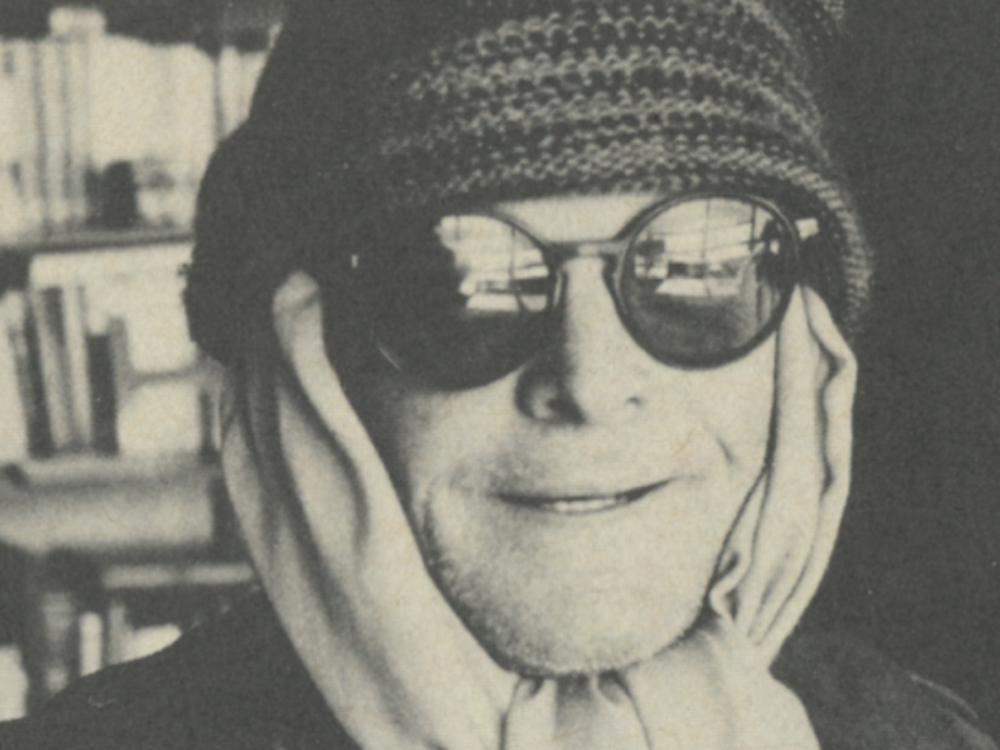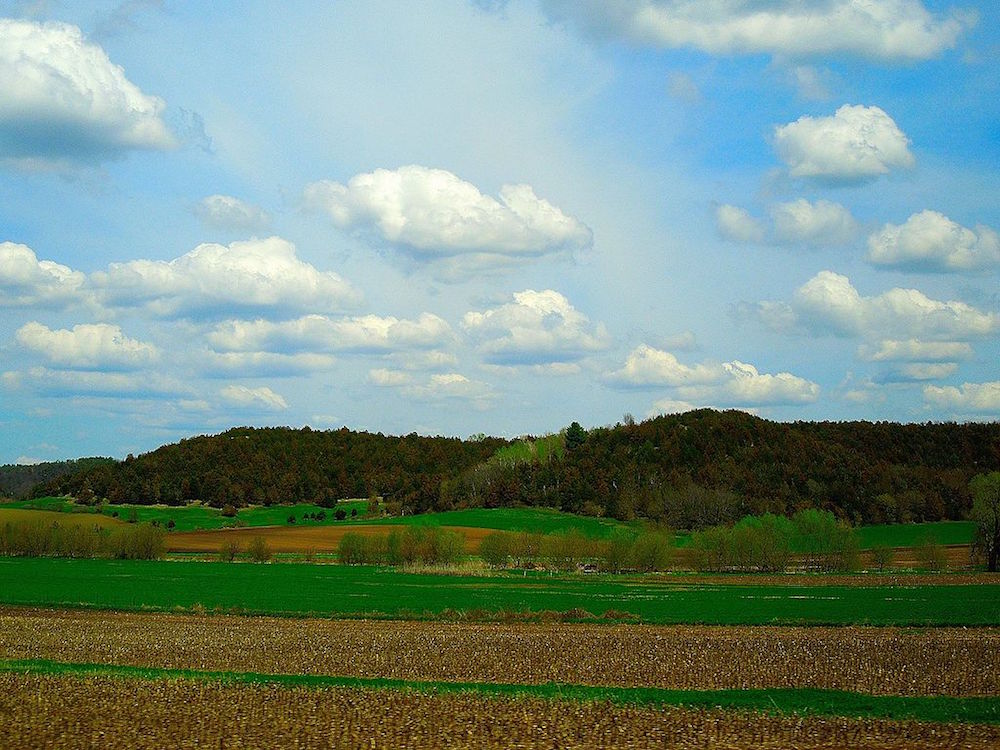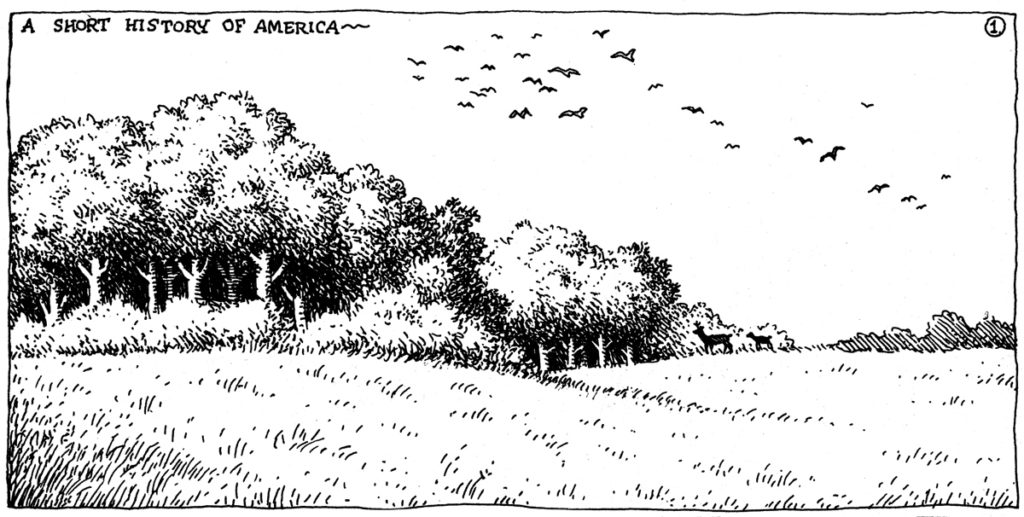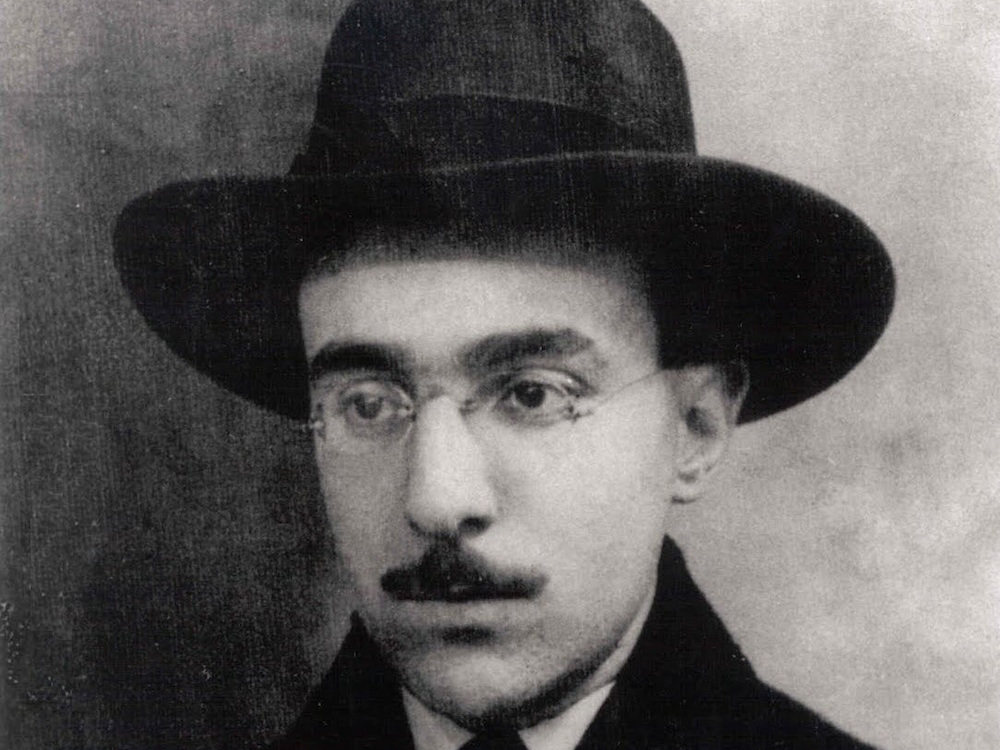The Zoe Voss ArchivesJames Webb Space Telescope is so powerful that it can vividly see stars in a galaxy 17 million light-years away.
Astronomers pointed the most advanced space observatory ever built at the galaxy NGC 5068, peering deep into its starry core. The greater goal is to better grasp how stars, like our energy-providing sun, form and evolve in galaxies. Crucially, Webb views a type of light that's invisible to the naked eye, called infrared light. These long infrared light waves pierce through thick clouds of cosmic dust and gas, allowing us unprecedented views into galactic hearts.
"With its ability to peer through the gas and dust enshrouding newborn stars, Webb is the perfect telescope to explore the processes governing star formation," the European Space Agency, which collaborates on the telescope with NASA and the Canadian Space Agency, wrote. Solar systems born enveloped in cosmic dust simply can't be seen with visible light telescopes like Hubble, the space agency said.
In the image below, Webb peered through "gargantuan clouds of dust." Here's what you're seeing:
The radiant white bar is the galaxy's core. Similar to the Milky Way, NGC 5068 is a barred spiral galaxy, meaning it has a long bar-shaped structure at its center, which is composed of densely-packed stars.
All those bright dots both in the core and populating the image are stars. Many thousands are visible. And though we can't see them, many of those stars almost certainly harbor wild, exotic planets.
On the right is a curving, spiral arm of the galaxy. (In our galaxy, Earth inhabits the farther-reaches of a spiral arm.)
The general skeletal-like structure in the galaxy is made from colossal clumps and filaments of dust, the ESA explains.
 A highly-detailed view into the center the spiral galaxy NGC 5068. Credit: ESA / NASA / CSA / J. Lee and the PHANGS-JWST Team
A highly-detailed view into the center the spiral galaxy NGC 5068. Credit: ESA / NASA / CSA / J. Lee and the PHANGS-JWST Team This Tweet is currently unavailable. It might be loading or has been removed.
The Webb telescope is designed to peer into the deepest cosmos and reveal unprecedented insights about the early universe. But it's also peering at intriguing planets in our galaxy, and even the planets in our solar system.
Want more scienceand tech news delivered straight to your inbox? Sign up for Mashable's Light Speed newslettertoday.
Here's how Webb is achieving unparalleled things, and likely will for decades:
Giant mirror: Webb's mirror, which captures light, is over 21 feet across. That's over two and a half times larger than the Hubble Space Telescope's mirror. Capturing more light allows Webb to see more distant, ancient objects. As described above, the telescope is peering at stars and galaxies that formed over 13 billion years ago, just a few hundred million years after the Big Bang.
"We're going to see the very first stars and galaxies that ever formed," Jean Creighton, an astronomer and the director of the Manfred Olson Planetarium at the University of Wisconsin–Milwaukee, told Mashable in 2021.
Infrared view: Unlike Hubble, which largely views light that's visible to us, Webb is primarily an infrared telescope, meaning it views light in the infrared spectrum. This allows us to see far more of the universe. Infrared has longer wavelengths than visible light, so the light waves more efficiently slip through cosmic clouds; the light doesn't as often collide with and get scattered by these densely packed particles. Ultimately, Webb's infrared eyesight can penetrate places Hubble can't.
"It lifts the veil," said Creighton.
Peering into distant exoplanets: The Webb telescope carries specialized equipment called spectrometersthat will revolutionize our understanding of these far-off worlds. The instruments can decipher what molecules (such as water, carbon dioxide, and methane) exist in the atmospheres of distant exoplanets — be it gas giants or smaller rocky worlds. Webb will look at exoplanets in the Milky Way galaxy. Who knows what we'll find.
"We might learn things we never thought about," Mercedes López-Morales, an exoplanet researcher and astrophysicist at the Center for Astrophysics-Harvard & Smithsonian, told Mashable in 2021.
Already, astronomers have successfully found intriguing chemical reactions on a planet 700 light-years away, and the observatory has started looking at one of the most anticipated places in the cosmos: the rocky, Earth-sized planets of the TRAPPIST solar system.
 Meta continues its submission to Trump with new advisor on its board
Meta continues its submission to Trump with new advisor on its board
 The Sky Is Blue with a Single Cloud by Kuniko Tsurita
The Sky Is Blue with a Single Cloud by Kuniko Tsurita
 Reddit cracks down on AI bots
Reddit cracks down on AI bots
 Best budget rowing machine deal: Save 43% at Amazon
Best budget rowing machine deal: Save 43% at Amazon
 Fyre Festival and Trump’s Language
Fyre Festival and Trump’s Language
 Staff Picks: Punctures, Punishers, and Podcasts by The Paris Review
Staff Picks: Punctures, Punishers, and Podcasts by The Paris Review
 The Art of Distance No. 18 by The Paris Review
The Art of Distance No. 18 by The Paris Review
 The Landscape That Made Me by Melissa Faliveno
The Landscape That Made Me by Melissa Faliveno
 The fat bears are already extremely fat
The fat bears are already extremely fat
 Be Good by Destiny O. Birdsong
Be Good by Destiny O. Birdsong
 NYT mini crossword answers for May 9, 2025
NYT mini crossword answers for May 9, 2025
 Redux: Thunder, They Told Her by The Paris Review
Redux: Thunder, They Told Her by The Paris Review
 Kim Kardashian's once
Kim Kardashian's once
 I’m So Tired by Sabrina Orah Mark
I’m So Tired by Sabrina Orah Mark
 Best robot vacuum deal: Save $140 on roborock Q7 Max Robot Vacuum
Best robot vacuum deal: Save $140 on roborock Q7 Max Robot Vacuum
 Comics as Place by Ivan Brunetti
Comics as Place by Ivan Brunetti
 Listening for Ms. Lucille by Aracelis Girmay
Listening for Ms. Lucille by Aracelis Girmay
 Best smartphone deal: Get the Samsung Galazy Z Fold 5 for $300 off
Best smartphone deal: Get the Samsung Galazy Z Fold 5 for $300 off
 NYT mini crossword answers for May 9, 2025
NYT mini crossword answers for May 9, 2025
 A Little Fellow with a Big Head by Margaret Jull Costa
A Little Fellow with a Big Head by Margaret Jull Costa
On Finally Reading Joseph McElroy’s Magnum OpusThe best Black Friday deals on air purifiers: Shark, Dyson, Blueair, and more'Money Shot: The Pornhub Story' review: Shedding light on the adult industry'Money Shot: The Pornhub Story' review: Shedding light on the adult industryBest deals of the day March 14: 9th2018 Whiting Awards: Weike Wang, FictionPoetry Rx: Lost Work, Paralysis, and Gun LawsTennessee Williams in Four ObjectsAn Interview with Julián Herbert and Christina MacSweeney2018 Whiting Awards: Rickey Laurentiis, PoetryScore Chromebooks for as low as $129 on Black FridayDuncan Hannah’s Seventies New YorkUFO Drawings from the National ArchivesMarian Blue, the Color of Angels, Virgins, and Other Untouchable ThingsThe Time for Art Is NowWhen Frank Lloyd Wright Designed a Bookstore15+ Black Friday 2023 Chromebook deals at Best BuyThe best Black Friday Instant Pot deals for 2023Best deals March 10: Apple Watch Series 8, Shark air purifier, moreBest Black Friday AirPods deals: AirPods Pro at new record What does Grok, the name of xAI's chatbot, mean? On Transcribing the Lyrics to Pop Songs Let’s Get Ready to Crumble: Here’s the Perfect Movie for the Inauguration Elon Musk jokes about closing Twitter deal before it's final Creators say YouTube Shorts has a transphobia problem A Letter from Zora Neale Hurston Early Black Friday deal: Get up to 70% off at Lovehoney Best deals of the day Oct. 25: A Lenovo laptop for under $100, the Bissell Crosswave, and more Jonathan Lethem’s Collection of Vomiting Cats How to watch the LSU vs. Alabama football without cable: kickoff time, streaming deals, and more Jane Stern on the Unlikely Rise of My Pillow Harold Pinter’s Gloriously Profane Poem “American Football” How to watch the UGA vs. Mizzou football without cable: kickoff time, streaming deals, and more Apple AirPods Pro deal: Get them for their lowest price since Prime Day How to watch the USC vs. Washington football without cable: kickoff time, streaming deals, and more Sway Benns on Ballet, Gravity, and Pain Emile Zola Had Some Strange Complaints About London NYT's The Mini crossword answers for November 4 An Exhibition of Early Photographs Suggests an Unencumbered Medium The Dynamics of the City: Six Decades of Sy Kattelson’s Street Photos
1.9849s , 10133.65625 kb
Copyright © 2025 Powered by 【Zoe Voss Archives】,Openness Information Network